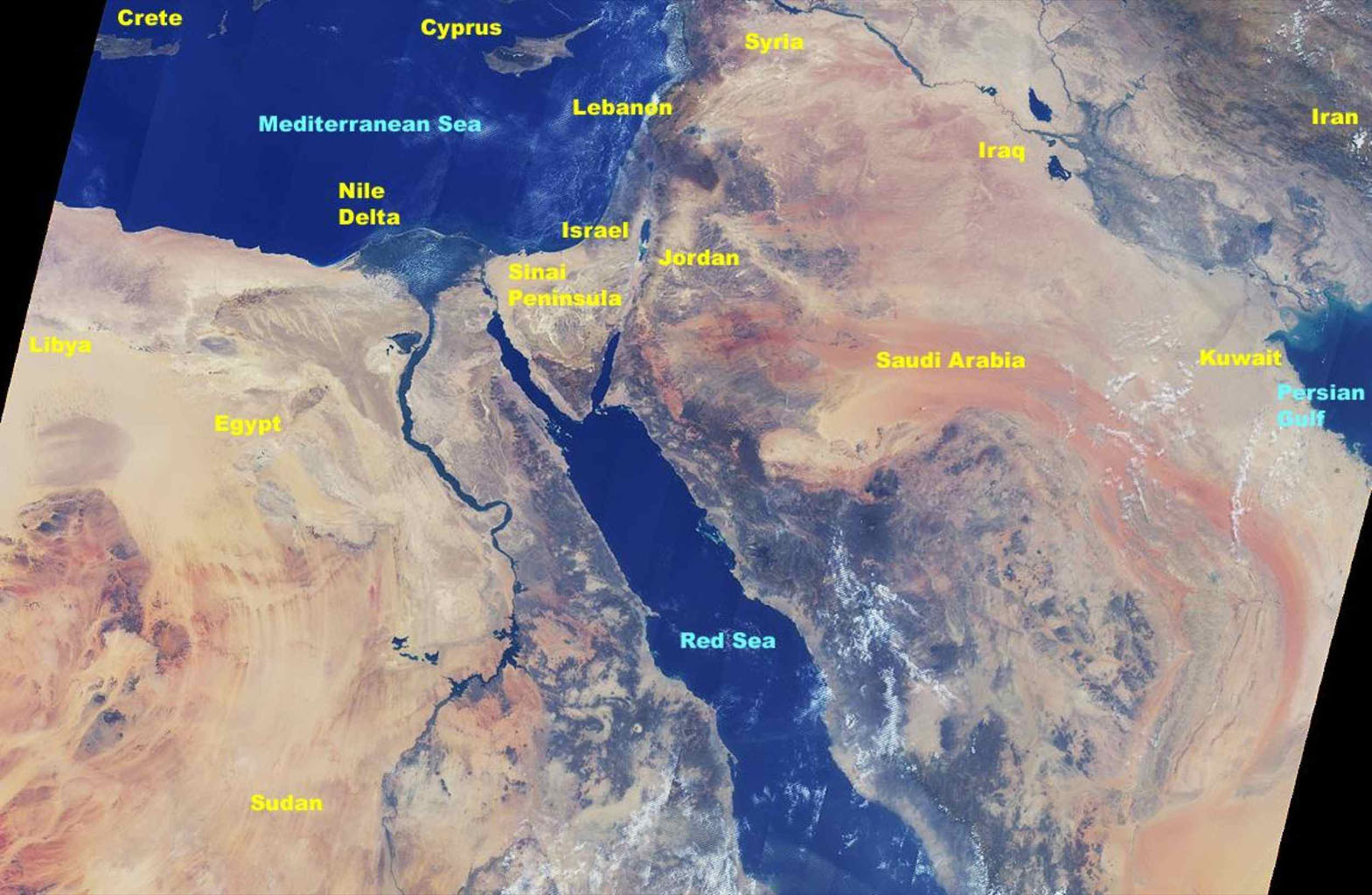Here's how a wobble in Earth's axis scattered humanity
Digital Reporter
Wednesday, September 21, 2016, 6:33 PM - Though Earth's axis is crucial to the way our climate works, it hasn't always been at today's 23.5o tilt.
In fact, the planet's axis "wobbles" over the course of about 21,000 years, in relatively common changes known as Milankovitch cycles ("relatively common" when you consider the Earth is about four billion years old). That causes major variation in the amount and distribution of sunlight the Earth's receives, having a major effect on the planet's climate.
Now a new study from the University of Hawaii says such periods of wetter and warmer climate in Africa and the Middle East hastened early humans' spread from Africa into Europe, somewhat earlier than expected.
"Earth's wobble with a periodicity of 21,000 years played a huge role in our dispersal across the planet and most likely also in our evolution and adaptation," lead author Axel Timmermann told LiveScience. "If the climate had been constant over the past 125,000 years, we would have evolved in a very different way."

Image: North Africa and the Middle East. Credit: NASA/GSFC/JPL, MISR Team
According to Live Science, those Milankovitch cycles would have opened up a few suitable windows where North Africa and parts of the Middle East would have been green enough to support larger-scale population movements.
The researchers say some of the results were surprising.
First, one of their simulated scenarios supposes Homo sapiens arriving in Europe 80,000-90,000 years ago, twice as early as the fossil record suggests.
"The green migration gateway that opened up between Africa and Eurasia 110,000–95,000 years ago would have also promoted a low-density migration into Southern Europe and possibly a weak early interbreeding with Neanderthals," co-author Tobias Friedrich, a post-doctoral researcher at International Pacific Research Center, said in a release.

Image: Comparison of modern human (left) and Neanderthal skulls, Cleveland Museum of Natural History, Wikimedia Commons
Another surprising find: Rather than a population exodus, it may have been more of an exchange in later waves.
"In our model simulation we see a complex pattern of human dispersal out of Africa and back flow into Africa, that challenges the more unidirectional away-from-Africa perspective that is still very prevalent in anthropology and some genetic studies," said Timmermann.
The researchers used computer models that took into account human migration data, climate data, and Milankovitch cycles. The study was published in Nature this month.
SOURCES: University of Hawaii | LiveScience | Nature



